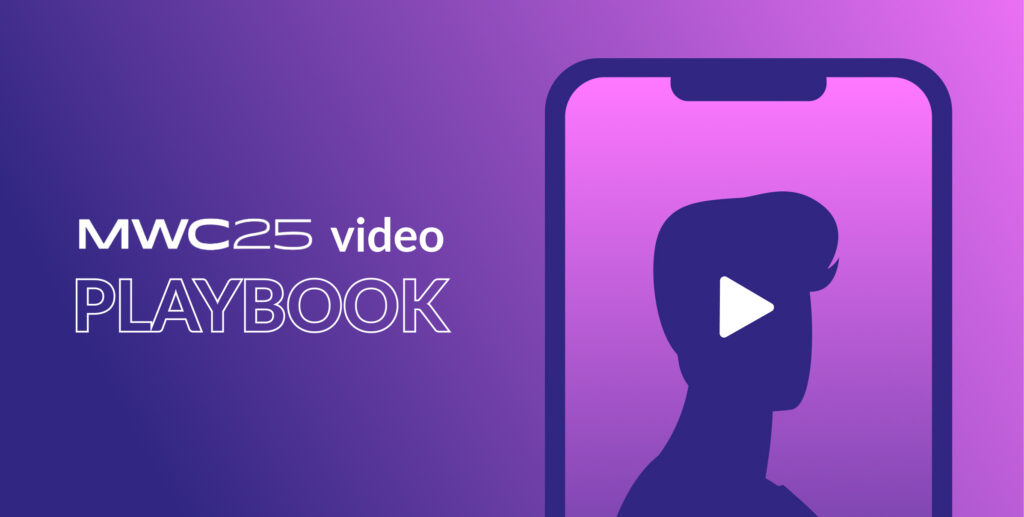A strong online presence is a prerequisite for the success of any tech B2B brand regardless of vertical! Social media has changed the way we access information, and considering that 75% of B2B buyers use it to support their purchasing decisions, it’s important for B2B brands to get on the solidify their social media presence sooner than later in order to build the foundation for those long-term profitable relationships.
Social media is a perfect owned media platform to create a brand personality, build relationships and reach out to key stakeholders from employees to prospective customers. However, there’s more on social media planning than meets the eye. Establishing the right presence for your B2B brand on social media can be challenging, especially in the tech industry, where your product or service may be harder to understand. But it can be done. And when done right, it can be a powerful tool for everything from investor relations to lead generation.
We spoke to the Isoline experts to develop this list of the top 10 social media best practices for B2B tech businesses.
1. Establish your strategy
Before you embark on your social media journey, make sure to ask yourself these questions: what do you want to achieve with your social media strategy, how are you going to go about it and how will you measure success? If it’s brand awareness you want, you’ll be looking at achieving shares and impressions, but for engagement you might be looking at likes, comments and web traffic. Then, ensure that your strategy goes beyond boasting your own news; content generation and creation should be based around your audience, not your business.
2. Uncover your brand voice
Don’t hide behind your content or tightly wound guidelines. Create a social media brand tone guide that sit under your overall brand guidelines to reflect the unique communication styles that prevail on social media platforms. Think shorter words, colloquialism, and appropriate humour. Show your target audience what you are as a company by weaving in your personality and brand voice into your posts, but always keep your buyer personas in mind. Remember – people like to do business with those they know and trust. And B2B buyers are people too!
3. Find your audience
Your posts will have little effect if they aren’t visible to your audience. Find out where your audience are and make sure you double down your focus on that platform. While LinkedIn is the primary social networking platform at present for tech b2B brands, don’t neglect other platforms like Twitter, YouTube and micro-communities like forums. But also get creative with other social platforms if you are looking to develop your brand. Bear in mind that not every platform should be used in the same way so you should maintain different social personas.
4. Keep your audience interested
Content diversity is a primary success factor when it comes to social media, and visual / multimedia content is twice as engaging as plain text. This could be interactive stories, polls, whitepapers, articles, and more. The key is not to be too predictable – keep your audience excited to see what you’ll be posting next. Ensure your content is actually relevant and useful to your target audience; in other words, don’t make it all about you. Because nothing will make you stand out more to your customers than delivering the content they want to engage with.
5. Focus on your employees
Satisfied employees make for great brand advocates. They may already be resharing your posts but give them ways to position themselves on their platforms as industry experts. A crucial first step along this road is to educate them on the best practices. A training session can also help – just don’t forget to make it fun!
Not to mention, don’t forget to recognise your team by featuring them in your posts; this is also an unquestionably effective way to humanise your brand. These posts also support the sales process by creating chemistry with your target audiences, in presenting your company as a fun partner to do business with. This is especially important at a time when face-to-face meetings are severely restricted.
6. Show off your work
Take the opportunity to show off who your company is and what they do on social media. Think milestones – show users how far you’ve come. Showcase your products and or use cases in action. And don’t forget case studies – videos of your clients is a great way to do this! This is an era where customer reviews are taking the place of word-of-mouth, and these snippets straight from your customers work the same way.
7. Become part of the conversation
Don’t get into the habit of monotonously pushing out content. Social media isn’t like TV: It’s a two-way street. Make sure you are up to date and use your platform to post content that will spark conversations. Monitor what people are talking about in your industry and participate in conversations that have already started. LinkedIn groups are a great place to do this.
8. Speak with your followers
Don’t just let your social media calendar speak for itself. Build unique conversations with your followers and prospects by asking for inputs, and acknowledging and responding to questions and comments, offering them value and support. It’s a great way to build connections and show future customers that you are accessible.
9. Be consistent
Consistency is the key to building a social media profile, especially with the amazing increase in popularity of social search, for example LinkedIn search. All social platform search algorithms reward consistent visibility. Being consistent doesn’t have to mean posting every day – 2-3 posts per week can work equally well depending on your company. Pick a few hashtags and stick to them and create a content calendar to keep you on track. The best way to keep on top of this is with a good, comprehensive scheduling platform.
10. Monitor competitor and your own performance
Use social platforms to stay up to date with what your competitors are saying and doing. Look at which posts generate the most likes and shares and apply these takeaways to your strategies. Conduct periodic reviews of your own strategy – are your followers increasing? Are you achieving your objectives? What’s working and what isn’t? The best part of social media campaigns is the continuous improvement and learnings you can bring to bear.
Curious to find out how to unlock your brands full potential through social media? Get in touch with us at hello@isolinecomms.com
Photo by Georgia de Lotz on Unsplash



